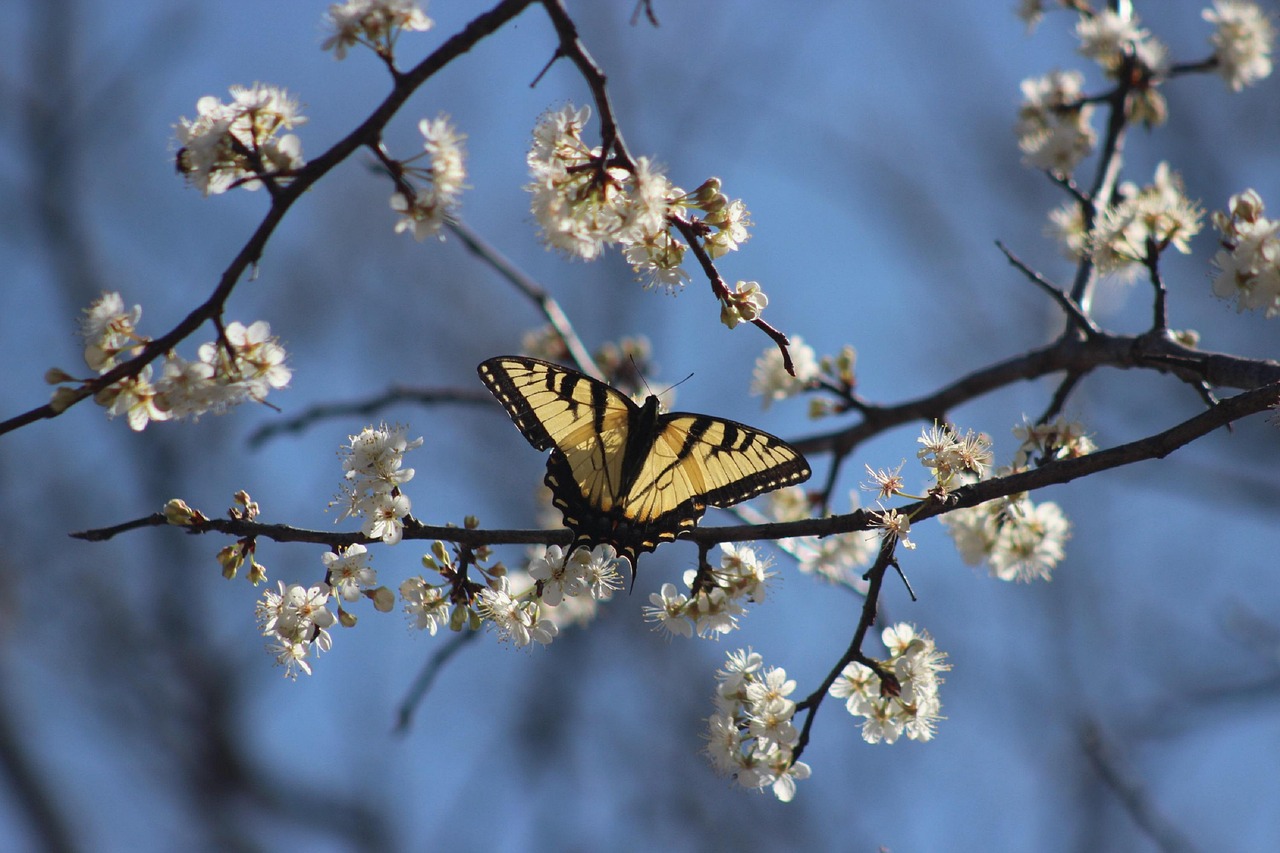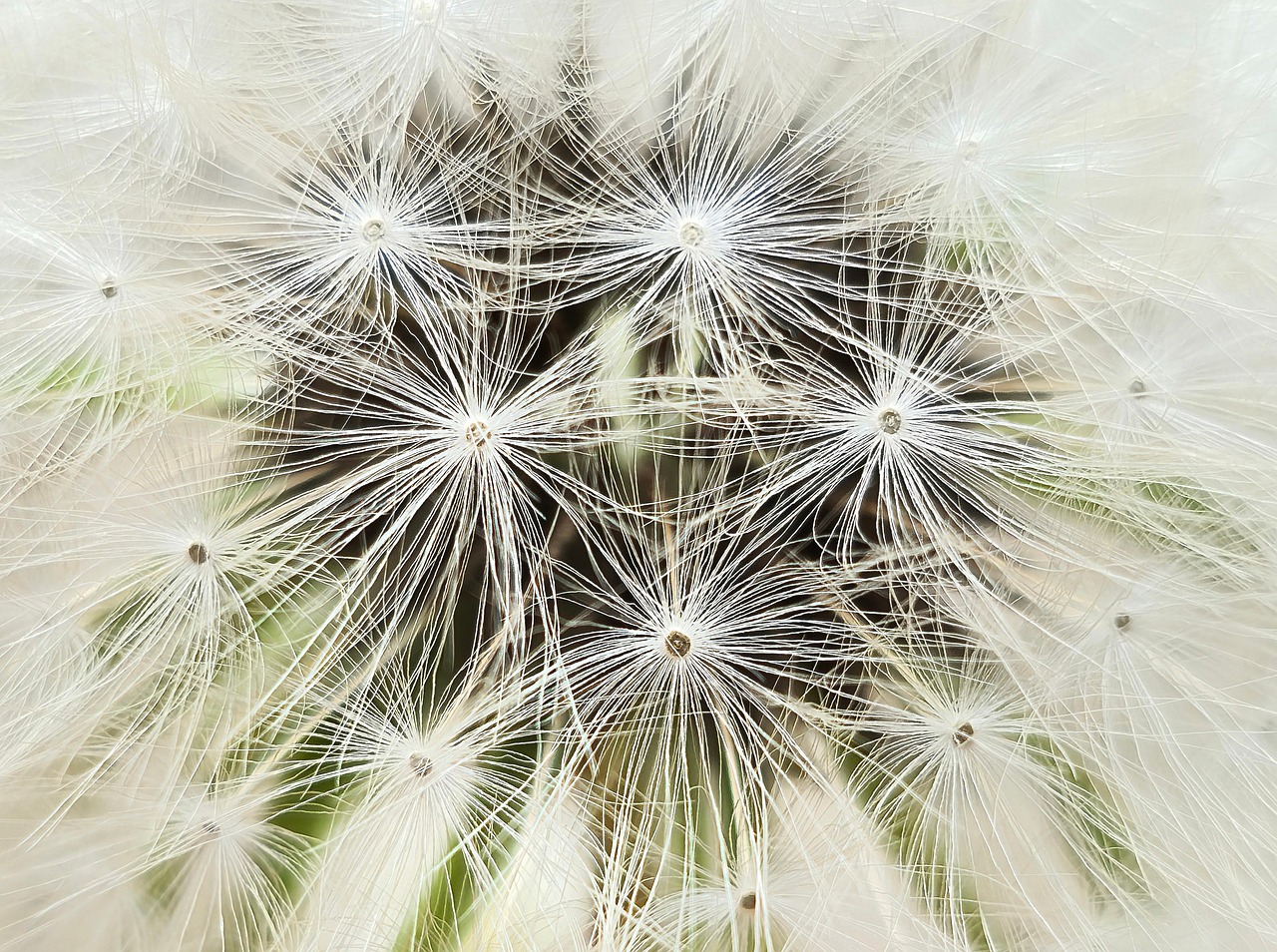Texas is a land of vast landscapes, rich history, and diverse ecosystems. Among its treasures lies a captivating array of native plants that not only enhance the beauty of the Lone Star State but also play a crucial role in sustaining local wildlife. Embracing these indigenous species can contribute to a healthier environment while allowing you to connect with the natural heritage of Texas.
Native Texas plants are specifically adapted to the state’s unique climate and soil conditions. They thrive in various habitats, from arid deserts to lush forests, and are often more resilient than non-native species. This resilience makes them an ideal choice for gardeners and landscapers who want to cultivate sustainable and low-maintenance gardens. By choosing native plants, you can reduce water usage, eliminate the need for chemical fertilizers, and provide essential habitats for local pollinators.

In Texas, there are approximately 5,000 native plant species, each contributing uniquely to the ecosystem. Many of these plants are not only beautiful but also have practical uses. Some provide food for humans and wildlife, while others offer medicinal properties or serve as natural insect repellents. Understanding the value of these plants can inspire you to incorporate them into your garden or landscape.
Benefits of Native Plants
Incorporating native plants into your garden offers numerous benefits. Here are some key advantages:
- Water Efficiency: Native plants are adapted to local rainfall patterns, making them more drought-resistant.
- Wildlife Support: They provide essential habitats and food sources for local birds, bees, and butterflies.
- Pest Resistance: Native plants are less susceptible to pests and diseases compared to non-natives.
- Soil Health: Their deep root systems improve soil structure and prevent erosion.
- Cultural Heritage: Many native plants have historical significance and are part of Texas’s cultural identity.
Moreover, planting native species can enhance the natural beauty of your landscape. Many native plants bloom with vibrant flowers throughout the year, providing visual interest in different seasons. Their colors and shapes vary widely, allowing for creative landscaping that reflects your personal style while respecting the environment.
Popular Native Texas Plants
To get started on your journey with native Texas plants, consider these popular options:
| Plant Name | Description | Ideal Conditions |
|---|---|---|
| Bluebonnet | The state flower of Texas, known for its striking blue color. | Full sun; well-drained soil. |
| Indian Paintbrush | A wildflower that features bright red to orange blooms. | Full sun; tolerates poor soil. |
| Texas Sage | A shrub with silvery leaves and purple flowers, great for hedges. | Full sun; drought-tolerant. |
| Mealy Blue Sage | A perennial with tall spikes of purple flowers, attractive to pollinators. | Full sun; well-drained soil. |
These plants not only add beauty but also support local ecology. By incorporating them into your gardening plans, you are actively participating in the conservation of Texas’s natural heritage.
This exploration into native Texas plants offers just a glimpse of what awaits those who choose to go wild with Lone Star State natives. Each plant has its unique story and role within the ecosystem, making them essential allies in promoting biodiversity and sustainability in our gardens and landscapes.
Caring for Native Texas Plants

While native Texas plants are generally low-maintenance, understanding how to care for them can help ensure they thrive in your garden. Proper care supports their growth and enhances their natural beauty. Here are some essential care tips to keep in mind:
- Soil Preparation: Before planting, assess your soil type. Native plants thrive in well-drained soil. You may need to amend heavy clay or sandy soils to create a suitable environment.
- Watering: Although many native plants are drought-tolerant, they require regular watering during their establishment phase. Water deeply and infrequently to encourage deep root growth.
- Mulching: Apply a layer of organic mulch around your plants. This helps retain moisture, suppress weeds, and improve soil quality as it breaks down.
- Pruning: Prune native plants as needed to remove dead or damaged branches. This encourages healthy growth and can enhance flowering.
- Pest Management: Monitor your plants for pests. Many native species have natural defenses against local insects. However, if pests do appear, consider using organic methods for control.
Creating a Native Plant Garden

Designing a garden with native plants can be a rewarding experience. It allows you to create a beautiful landscape while supporting local wildlife. Here are steps to guide you in creating your native plant garden:
- Plan Your Space: Assess your garden area. Consider the amount of sunlight, soil type, and moisture levels. This will help you select plants that will thrive in those conditions.
- Select Plants: Choose a variety of native plants that bloom in different seasons. This ensures continuous color and provides food for pollinators throughout the year.
- Group Plants: Arrange plants in groups rather than single specimens. This mimics natural habitats and creates a more visually appealing landscape.
- Incorporate Hardscapes: Consider adding pathways, rocks, or water features to enhance your garden’s aesthetic. These elements can also provide habitats for wildlife.
- Maintain Diversity: Include a mix of grasses, wildflowers, shrubs, and trees. A diverse garden supports various species of wildlife, creating a vibrant ecosystem.
Supporting Local Wildlife
One of the most significant advantages of planting native species is their ability to support local wildlife. Native plants provide essential resources such as food and shelter for various animals. Here are some ways these plants benefit wildlife:
- Pollinators: Many native flowers attract bees, butterflies, and other pollinators that are vital for plant reproduction.
- Bird Habitat: Native shrubs and trees offer nesting sites and food sources for birds. Berry-producing plants are particularly beneficial during migration seasons.
- Insect Biodiversity: Native plants support a wider variety of insects, which are crucial for maintaining balanced ecosystems.
- Soil Health: The deep root systems of many native plants improve soil health and prevent erosion, creating a stable environment for all forms of life.
By understanding the importance of native Texas plants and implementing thoughtful gardening practices, you can create a thriving ecosystem that benefits both your landscape and the local wildlife. This commitment not only enhances your property but also contributes positively to the environment.
Resources for Further Learning
If you’re interested in expanding your knowledge about native Texas plants, numerous resources are available to help guide you:

- Lady Bird Johnson Wildflower Center: Offers a wealth of information on native plants and gardening resources.
- Plant Native: Provides details on selecting and planting native species across the United States.
- Texas Native Plant Society: A great resource for local events, workshops, and education on native flora.
Engaging with these resources can deepen your appreciation for Texas’s natural beauty and assist you in creating a sustainable and vibrant native plant garden.
Common Challenges in Growing Native Plants
While native Texas plants are generally well-suited to local conditions, gardeners may face specific challenges when cultivating them. Understanding these obstacles can help you effectively manage your garden and ensure healthy plant growth. Here are some common challenges encountered when growing native plants:
- Invasive Species: Non-native plants can outcompete native species for resources. It’s essential to identify and manage invasive plants in your garden to allow native plants to thrive.
- Pest Management: Although native plants usually have natural defenses, they can still be affected by pests. Knowledge of local pest species can aid in developing effective management strategies.
- Soil Quality: Some areas may have poor soil conditions that do not support plant growth. Conducting a soil test can help determine necessary amendments to improve soil health.
- Water Availability: While many natives are drought-tolerant, newly planted specimens require adequate moisture during establishment. Watering schedules need adjustment based on seasonal changes.
Seasonal Care Tips
Caring for native plants requires seasonal adjustments to maintenance routines. Below are some tips for each season to keep your native plants healthy:
Spring
Spring is a critical time for growth and blooming. It’s essential to:
- Perform any necessary pruning to encourage new growth.
- Apply mulch to suppress weeds and retain moisture.
- Monitor for pests as plants begin to leaf out and bloom.
Summer
During the hot summer months, focus on:
- Regularly checking soil moisture levels, especially for young plants.
- Providing supplemental watering during dry spells.
- Mulching again if needed to maintain temperature and moisture levels.
Fall
The fall season is a time for preparation. Consider the following:
- Cut back perennials after they have finished blooming to promote healthy growth in the spring.
- Add compost or organic matter to enrich the soil as you prepare for winter.
- Plant new native species to take advantage of cooler temperatures.
Winter
In winter, many native plants enter dormancy. During this period, you should:
- Avoid heavy pruning, as many plants need their structure for winter protection.
- Keep an eye on any winter weeds that may emerge and remove them early.
- Plan for spring planting by researching new native species to introduce into your garden.
The Role of Native Plants in Ecosystem Restoration
Native plants play a vital role in ecosystem restoration efforts across Texas. Their ability to thrive in local conditions makes them fundamental to restoring degraded environments. Here are some ways native plants contribute to ecosystem restoration:
- Soil Stabilization: Native plants have deep root systems that help prevent soil erosion, particularly in areas prone to runoff and degradation.
- Biodiversity Enhancement: By planting natives, you support a diverse range of species, helping to restore the ecological balance of local habitats.
- Water Management: Native plant communities can enhance water retention in soils, reducing the need for irrigation while maintaining water quality.
- Climate Adaptation: As climate change impacts ecosystems, native plants are better equipped to cope with shifts in temperature and precipitation patterns, making them essential for future resilience.
Engaging with local ecosystem restoration projects often includes planting native species. This not only benefits the environment but also fosters community involvement and education about the value of biodiversity.
By understanding the challenges and seasonal needs of native plants, along with their significant role in ecosystem restoration, gardeners can create thriving landscapes that contribute positively to Texas’s natural heritage.
Exploring Local Resources and Communities
As you embark on your journey with native Texas plants, connecting with local resources and communities can enhance your gardening experience. Numerous organizations and groups focus on promoting the use of native plants, offering educational programs, workshops, and volunteer opportunities. Engaging with these communities not only enriches your knowledge but also fosters a sense of belonging among fellow nature enthusiasts.
- Local Nurseries: Many nurseries in Texas specialize in native plants. Visiting these nurseries not only allows you to purchase healthy specimens but also provides access to experts who can offer gardening advice.
- Community Gardens: Joining a community garden is an excellent way to learn about native plants while sharing resources and knowledge with others. These gardens often emphasize sustainable practices and biodiversity.
- Workshops and Events: Keep an eye out for workshops, seminars, and events hosted by local conservation organizations. These gatherings often feature expert speakers and hands-on activities related to native gardening.
- Native Plant Societies: Joining a local chapter of the Texas Native Plant Society can provide valuable networking opportunities and access to educational resources. Members often share their experiences and insights about gardening with natives.
By actively participating in these communities, you can gain practical insights into caring for native plants and discover new techniques for enhancing your garden. Additionally, these connections help promote the importance of conserving native flora and restoring local ecosystems.
Final Thoughts
Embracing native Texas plants offers a multitude of benefits for both the environment and the gardener. These resilient species are perfectly adapted to the local climate, requiring less maintenance and fewer resources than non-native varieties. By cultivating these plants, you contribute to biodiversity, support local wildlife, and engage in meaningful environmental stewardship.
The journey of creating a native plant garden can be incredibly rewarding. Whether you are a seasoned gardener or a beginner, the knowledge you gain about local flora will deepen your appreciation for Texas’s natural heritage. By incorporating these plants into your landscape, you also create beautiful spaces that reflect the unique beauty of the Lone Star State.
Remember that every small action counts. Even if you start with just a few native plants, you are making a significant impact on the environment. As you cultivate your garden, consider sharing your experiences with others. Encourage friends and family to explore the world of native plants, spreading awareness about their importance in our ecosystems.
As we face challenges such as climate change and habitat loss, the role of native plants becomes increasingly vital. Their contributions to soil health, water management, and overall ecological balance make them indispensable allies in creating sustainable landscapes. Together, as a community of gardeners and nature lovers, we can foster a healthier environment for future generations.
In conclusion, going wild with Lone Star State natives not only enhances the beauty of our gardens but also nurtures the environment around us. The diverse array of native plants available invites us to explore their unique stories and roles within Texas’s ecosystems. By prioritizing these species in our gardening practices, we can truly celebrate the natural beauty that defines the Lone Star State.
